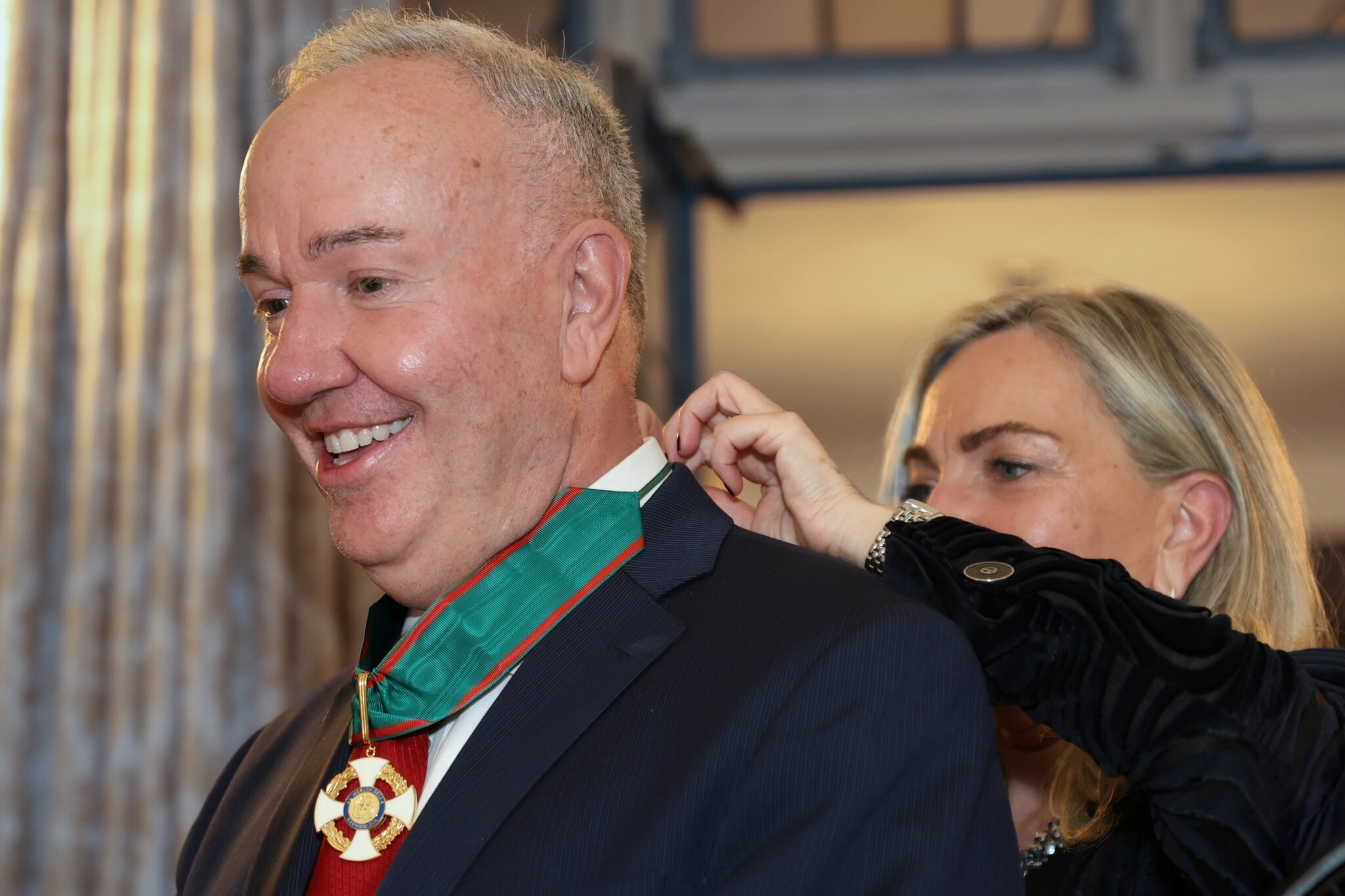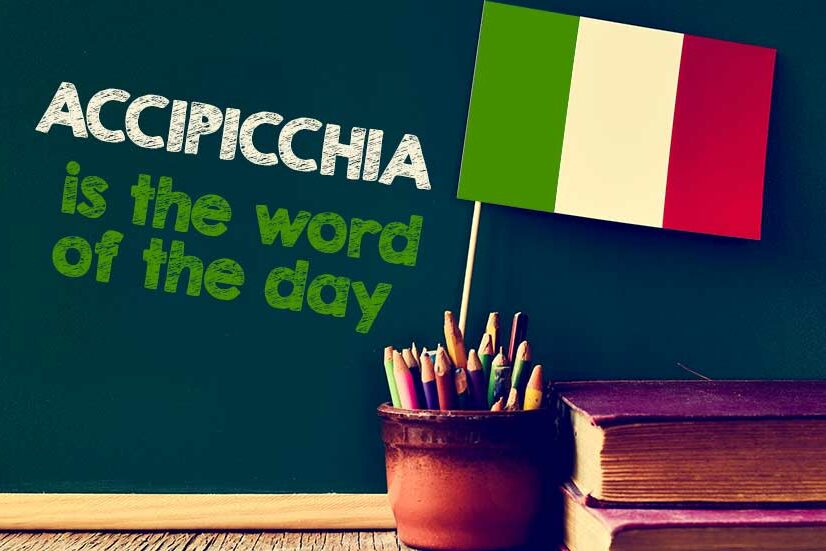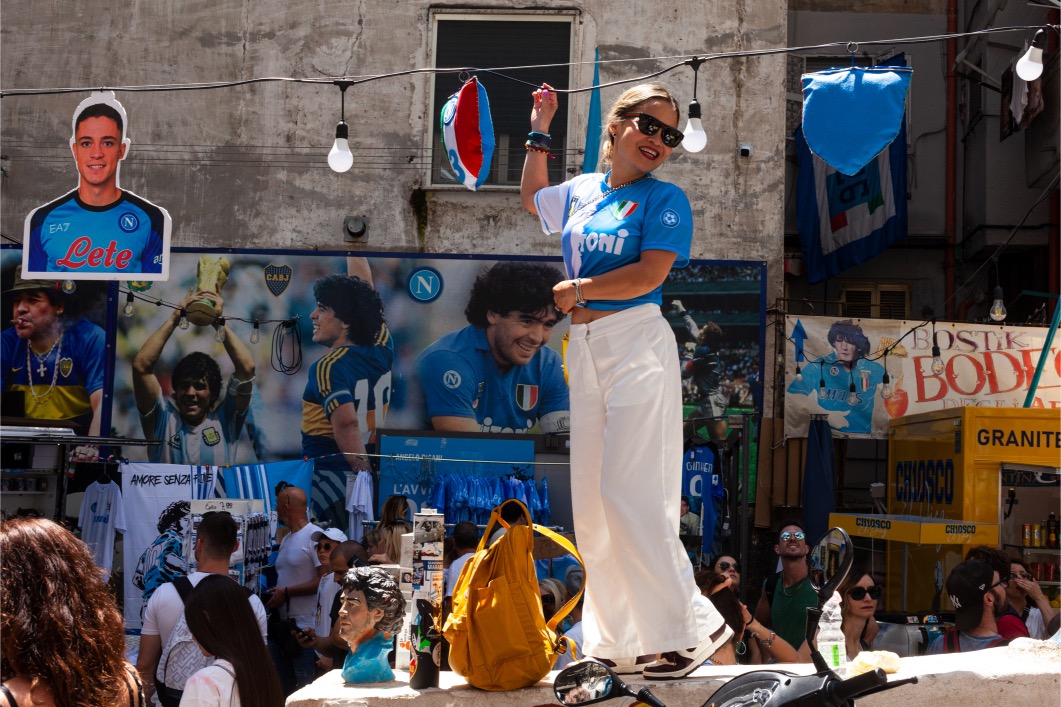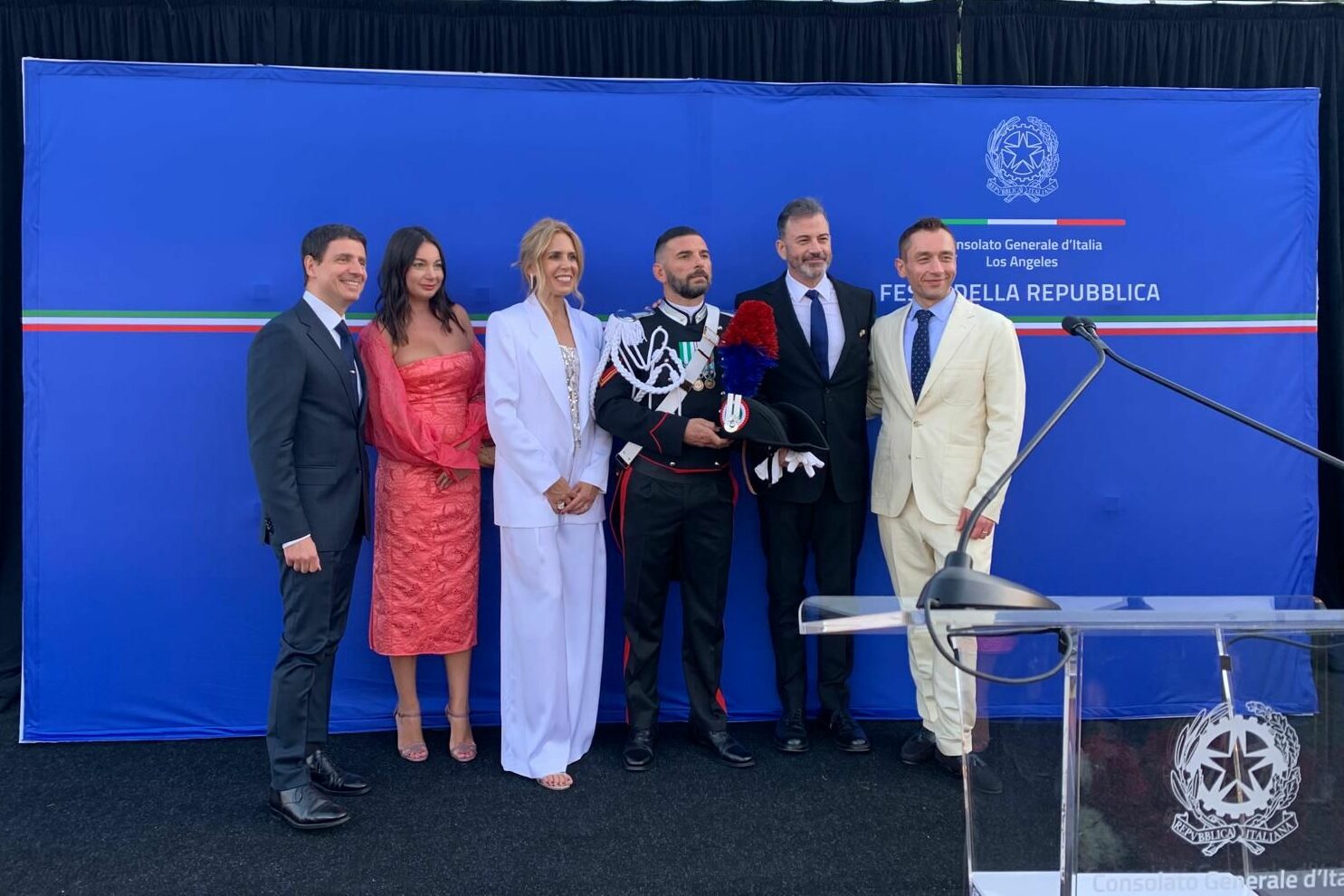Masked balls. Fried sweets. Colorful costumes. In the weeks before Fat Tuesday (martedì grasso), Venice revels in Carnevale. Dating back to the 1200s, Carnival marks the start of the period of Lent – or, the 40 days that lead up to Easter. Since believers are expected to fast during Lent, avoiding meat and sweets, Carnival is a season for feasting. Carnival in fact comes from the Italian word carne (meat) – the very thing Venetians were not supposed to eat in Lent. Residents of Venice fill their faces during Carnival with fried treats, which locals call frìtole. If Lent is a time for restraint, Carnival celebrates gluttony and mischief. During this time, Venetians also don handmade masks.

On Venice’s sides streets, far from the bustle of St. Mark’s Square, you’ll find artisans crafting carnival masks all year round. Sculpted by hand from papier-mâché, the masks hide the wearer’s identity. Workshops can be toured, including a hands-on mask-decorating class or demo. The Medico della peste (Plague Doctor) mask sports a long hollow beak with rounded eyes. The Bauta mask is gold with a beak-like chin. Volto dons a white mask, adorned with gold or silver. And, the playful Arlecchino boasts raised eyebrows and a monkey-like nose. Rich or poor, noble or servant, masks are meant to hide the wearer’s identity. A mask, a costume, and a hard-to-find ticket will also get you in to one of Carnival’s sumptuous soirées. At masquerade balls, attendees stroll – like peacocks – through candlelit palaces. Costumes and masks are a must for all Carnival balls — thankfully, period garb can be rented by travelers on-the-ground in Venice.
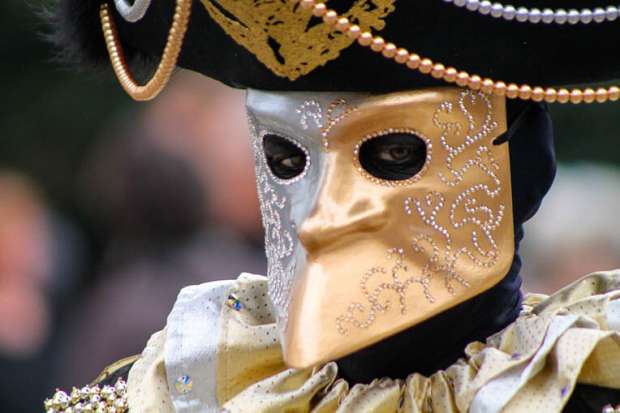
Below you’ll find more on Carnival’s most lavish balls:
THE TIEPOLO BALL, February 23rd:
The Ballo Tiepolo, also known as The Grand Ball, takes place in the Palazzo Pisani Moretta. This 16th-century palace overlooking the Grand Canal. The Main Hall is transformed for the night into an 18th-century ballroom – lit with hundreds of candles. Dance Masters, accompanied by an orchestra, guide guests through minuets and waltzes. Opera singers entertain guests, as they dine upon a 5-course meal. After midnight, dancing continues to the rhythms of a live band.
THE DOGE BALL, February 25th:
The Ballo del Doge is considered the most exclusive event of Venice’s Carnival. Held at the historic Palazzo Pisani Moretta, the ball starts at 8:30PM. After a welcome cocktail, dinner will be served throughout the palace’s centuries-old halls. Artistic performances, classical music and period dancing can be enjoyed until the early morning.
THE GRAND MINUETTO BALL, February 28th:
The Minuetto Ball is your last chance to experience an authentic masquerade. During and after dinner, you can learn the steps to dances from the 1700s and 1800s. A baroque ensemble will play music throughout the delectable 4-course dinner. The splendid setting for this event is Casa Pesaro, a canal-facing palace that dates to the 14th century. The Minuetto Ball occurs this year on Fat Tuesday, the the last night of Carnevale.
“Born and raised in Turin, Laura Massoni helps travelers to explore the authentic Italy. You can learn more at seeitaly.com or by contacting her directly at laura@seeitalytravel.com”




